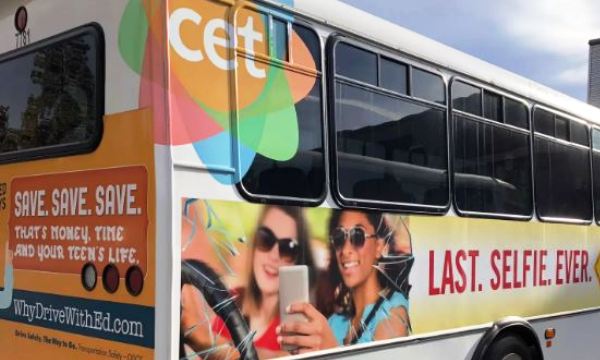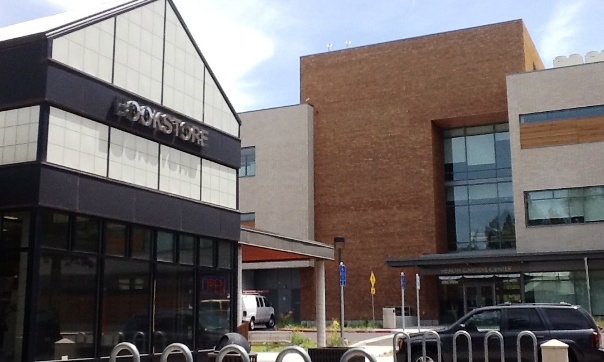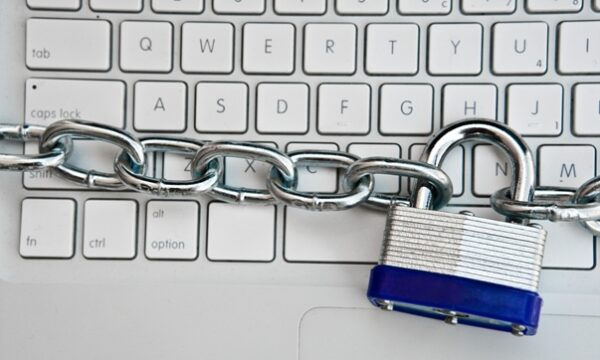The Teenage Driver’s Dilemma…
Learning how to drive a car is one of the big milestones in a teenager’s life. Learning how to pay for its upkeep isn’t as exciting, but just as necessary. This teenage driver’s dilemma doesn’t have to be insurmountable. Here are a few simple tricks to help you keep your wallet happy.
New or used? Buying used is usually a no-brainer for most teenagers. Talk to family and friends to see if they are willing to sell their cars at a discount. Mid Oregon has a resource for new or used vehicle searches, AutoSmart. Kelley Blue Book may also be helpful.
Insurance is a Big Deal
First insurance premium. Most teenagers stay on their parents’ insurance plan, but it may be cheaper to get insured elsewhere. Shop around and look for the discounts most companies offer.
Most insurance companies offer discounts if you:
• Take driver’s ed classes.
• Keep up with your school work—good grades = good discounts.
• Drive safely and keep your driving record clean.
Fuel Can Eat Up Your Cash
Save on gas. When going to fill up, shop around and make sure you’re getting the lowest price. You can use an app like GasBuddy to help you find the cheapest gas in your area. At the pump, make sure you’re using the lowest grade recommended for your car—usually the big button with an 87 on it. Fill up when it is cooler, such as in the early morning or at night. Gasoline is measured and sold by volume. When it’s cold out, the gas is denser, so you get slightly more for your money.
Make your car more efficient
• Make sure your gas cap is on tight so no fumes can escape from your tank.
• Change the air filter frequently to keep your engine from working harder than it has to.
• Keep the proper air pressure in your tires so your car drives efficiently.
• Lighten the load you carry in your car. The heavier the car, the less fuel efficient it is.
• Drive the speed limit—it’s better for your gas mileage, helps you avoid pricey speeding tickets, and is safer.
• Don’t rapidly speed up or slow down. You’ll save gas by gradually getting up to speed.
• Minimize the time you spend idling. When you pick up friends, turn the car off while you wait for them.
What About Maintenance?
From tune-ups to major repairs. Labor is usually the biggest cost of taking your car to the shop, particularly for simple fixes, like replacing a bulb, or routine maintenance, like oil changes. If you are handy, learn how to do the simple tasks yourself. If you must take your car to a professional, shop around for the best deal.
Most important: Put aside some money in an emergency share savings account at Mid Oregon Credit Union to pay for unexpected repairs. Saving for emergencies is key to keeping disruption, and costs, to a minimum.





